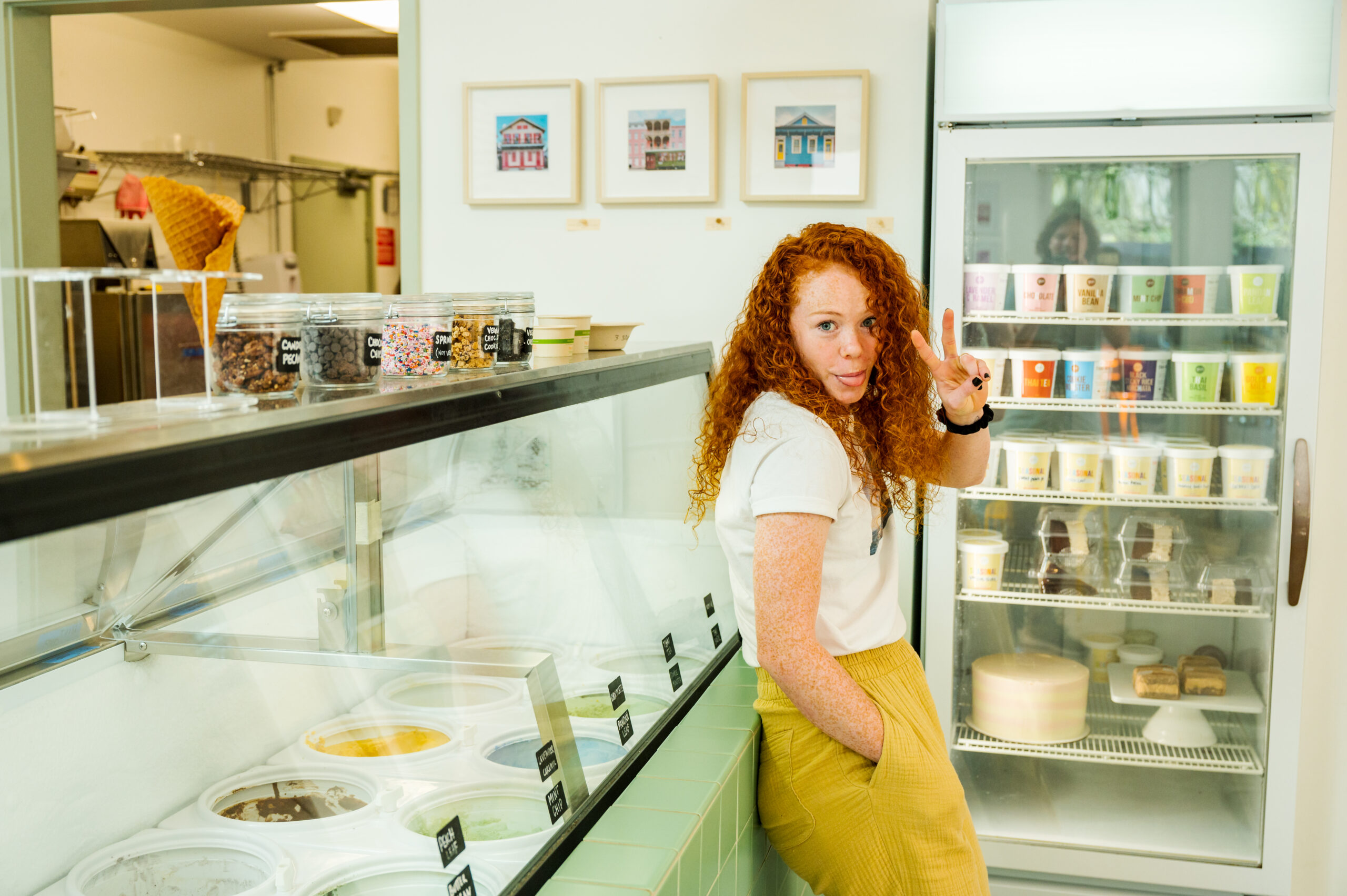Key points:
- In July 2025, 5.3% of Canadian job postings mentioned casual dress, down from around 6% in recent years.
- Quebec has the highest share of postings mentioning relaxed dress standards, ahead of British Columbia. Meanwhile, New Brunswick has the lowest share.
- Casual dress standards are most commonly promoted in childcare, sports and cleaning & sanitation.
While shorts and tank tops might still raise eyebrows in the office, more Canadian workplaces are ditching formal attire in favour of casual or smart-casual options over the traditional suit-and-tie.
Dress policies often reflect workplace culture and can send a powerful signal to job seekers. For employers in a competitive job market, relaxed dress codes can help showcase a modern, people-friendly work environment.
Indeed job postings data shows that mentions of casual dress standards have grown sharply since the start of the pandemic, and have stayed high ever since. These trends are also observed nationally, regionally, across most occupational sectors and even globally.
Dressing down popular among Canadian employers
In July 2025, 5.3% of Canadian job postings reference casual attire, using terms like ‘casual dress’, ‘smart casual’ or ‘dress for your day’ in their job descriptions. Mentions rose sharply early in the pandemic, eventually peaking at 6.7% in mid-2022.
Although these figures might seem low, many employers — particularly in healthcare, retail and the trades — require uniforms or enforce strict dress codes, limiting scope for individual expression.
The share has fallen by 1 percentage point over the past year to its lowest level since February 2021, potentially reflecting efforts to get workers back in the office and re-establish pre-pandemic workplace norms.
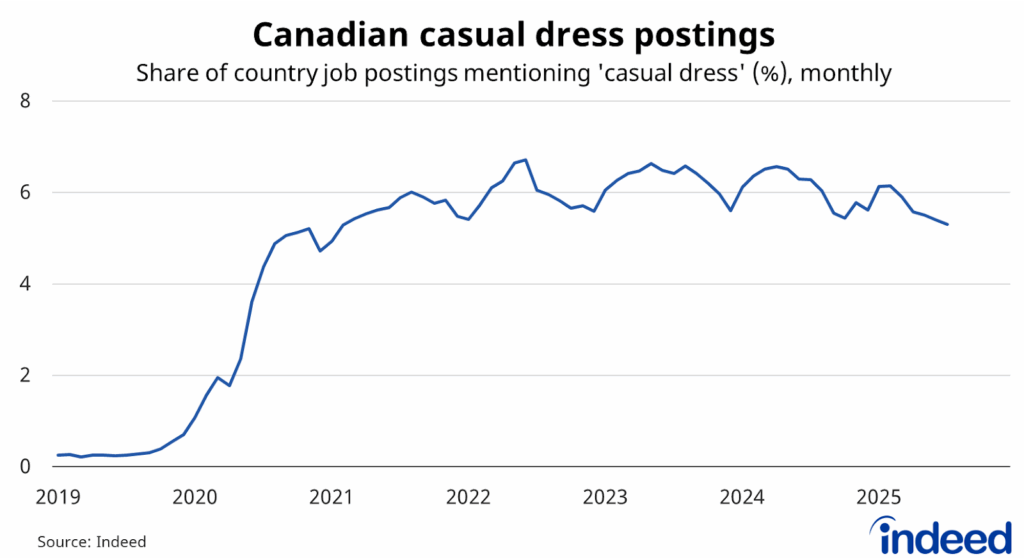
While the pandemic contributed to this shift in workplace dress standards, it is sustained by broader social and cultural changes.
- Remote work blurred the line between the home and workplace. Working from home has even enabled flexible dress standards — dress up for meetings with clients or key stakeholders and dress down otherwise.
- Millennials and Generation Z are now the two largest generations in Canada. They may have different style preferences and expectations, and many are now in positions of power or influence.
- Tech sector culture is often resistant to traditional office norms, which may have influenced other industries, helping to normalise relaxed dress.
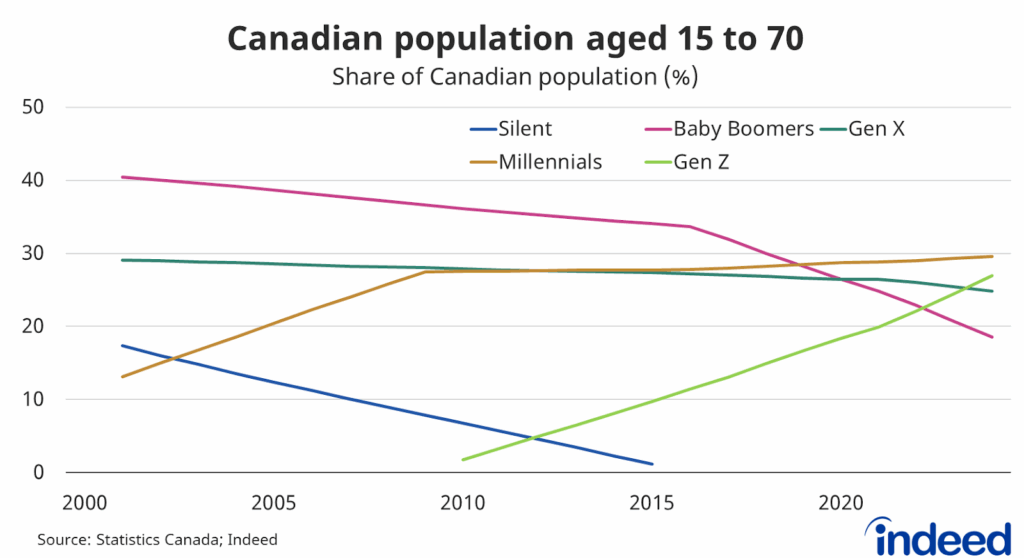
Relaxed dress policies are common across low-, medium- and high-remote sectors, although that wasn’t always the case. Initially, casual mentions were most common in high-remote sectors — those where ‘remote work’ or ‘work from home’ is referenced in more than 20% of sector postings — than in medium-remote sectors (remote share between 10 to 20%) or low-remote sectors.
But mentions in low-remote sectors, such as childcare, sports and cleaning & sanitation, slowly closed the gap. In July 2025, mentions in low-remote sectors, at 5.6% of postings, exceeded both high-remote and medium-remote (both at 5.1%).
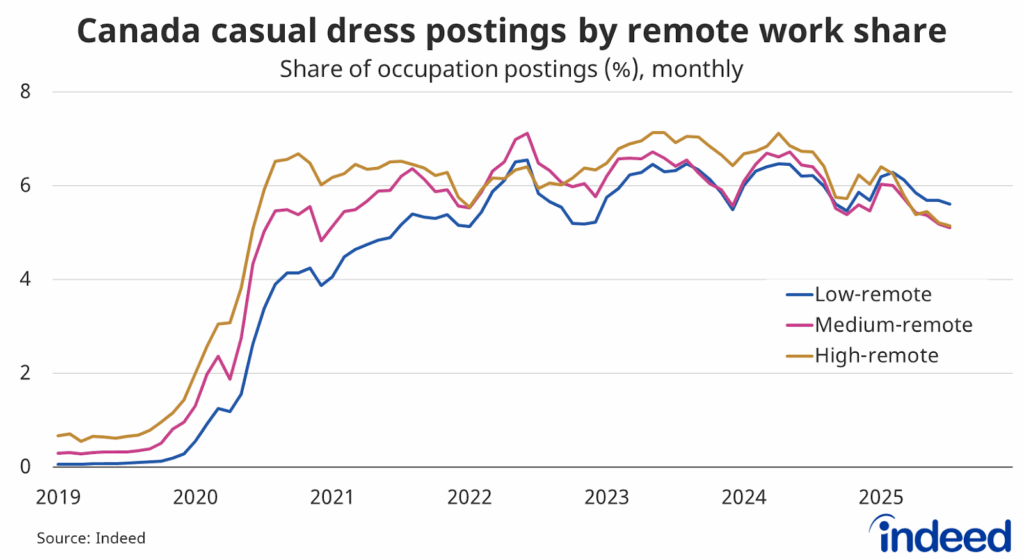
Quebec leads the way; New Brunswick lags behind
Quebec had the highest share of postings mentioning casual dress at 6.9% in the June quarter, ahead of British Columbia (6.1%), Alberta (5.3%) and Manitoba (5.3%). By comparison, the share was lowest in New Brunswick and Saskatchewan at 4.2%. Variation across provinces can reflect workplace culture, but may also reflect a province’s occupational composition.
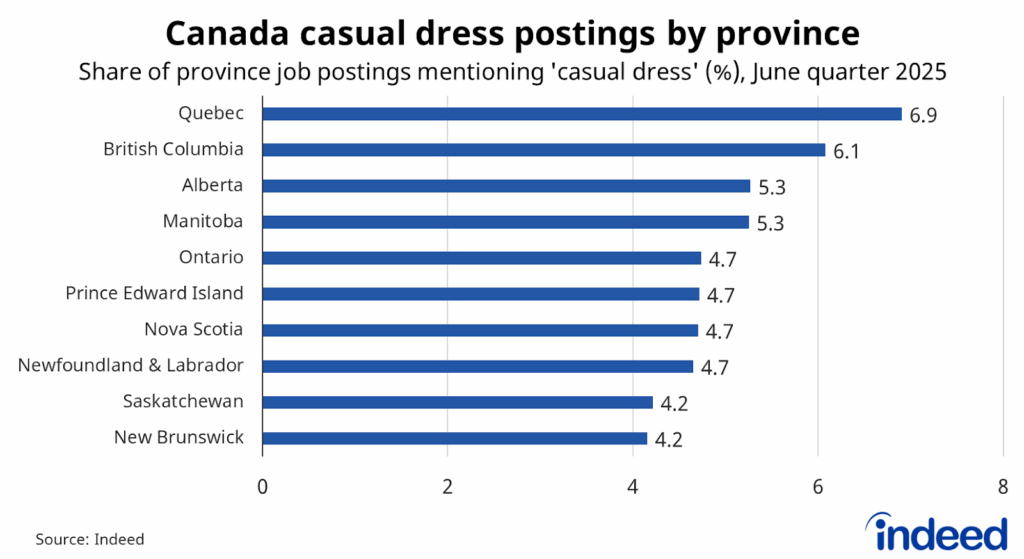
Childcare and sports among top occupations for casual dress
In Canada, hands-on and community-facing roles tend to promote casual dress the most. In the June quarter, 19.4% of job postings in childcare mentioned casual dress, ahead of sports (15.2%) and cleaning & sanitation (10.9%). These roles often involve physically intensive work, where practicality and comfort matter more than polished appearances.
Other strong performers include the likes of manufacturing & production (10.2%), veterinary (10.2%), accounting (10.1%) and therapy (10.1%).
Interestingly, tech sector roles are often the least likely to mention casual dress policies. Just 1.3% of data & analytics roles, 2.2% of software development roles and 2.8% of IT systems & solutions roles reference relaxed dress standards. In these areas, casual dress may be so entrenched in industry culture that it no longer needs to be explicitly stated in job advertisements.

Conclusion
The pandemic triggered widespread changes in how Canadians work, impacting expectations not only about where and how we work but also about what we wear.
Indeed data shows a considerable shift in how open employers are to relaxed dress codes. This is observed nationally, regionally, across different sectors and also globally. Attitudes are more relaxed, less conservative or formal, potentially reflecting the growing influence of Millennials and Gen Z in the workplace.
As these younger generations find themselves in positions of power or influence, workplaces will increasingly reflect their values. Consequently, while the shift to more relaxed dress standards may have been triggered by the pandemic, generational differences may prove to be why these trends persist, even if employers successfully manage to convince workers to return to the office.
Methodology
We identify job postings as referencing casual dress if they include general phrases such as ‘casual dress’, ‘smart casual’ or ‘dress for your day’. Twenty-six unique English keywords/phrases, plus French equivalents, were used to isolate casual dress job postings.
The classification of sectors into low-, middle- or high-remote was based on the sector’s remote posting share in 2024. High-remote includes sectors where the remote posting share exceeded 20%, while low-remote are those where the share is below 10%.
The analysis of population generations defines each generation as follows:
- Silent generation: 1928 – 1945
- Baby boomers: 1946 – 1964
- Generation X: 1965 – 1979
- Millennials: 1980 – 1994
- Generation Z: 1995 – 2009
